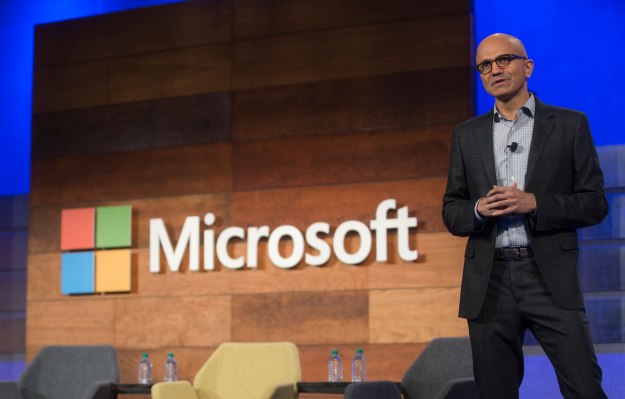Every internet company these days has a plan for connecting people who don’t otherwise have reliable connectivity – Microsoft’s play will utilize unused TV broadcast channels, also called ‘white spaces,’ to get broadband internet to rural communities in the U.S. The New York Times reports that Microsoft’s pilot project will include offering white space broadband to communities in 12 states, with the potential to bring an additional two million Americans into the high-speed fold.
The technology isn’t new – Microsoft and others have been trying to tackle the problem since at least 2008. Use of these white spaces has a couple of advantages over traditional means of delivering broadband, because it offers similar reliability when compared to Wi-Fi, but can reach much further with lower power requirements. Plus, white space tech offers better coverage than cellular since it isn’t as hampered by radio blocking impediments like concrete walls.
Microsoft still has some hurdles to climb, including getting buy-in from local regulators regarding their ability to make use of these unused channels. It also has to counter arguments from broadcasters who claim use of these channels will interfere with their TV signals. Finally, it has to overcome a significant cost hurdle – hardware for use with white space-based broadband is expensive, though Microsoft told the Times that it will be able to get pricing down for hardware it’ll demonstrate at an event today to below $200.
Allies for Microsoft include internet service providers, since the tech giant doesn’t want to be an ISP itself. It’s partnering with local ISPs to help get infrastructure in place, and then also to share the resulting revenue from new customers. The chance to create a new addressable market with around 24 million potential customers in the U.S. is a decent carrot to enlist the help of regional ISPs.
